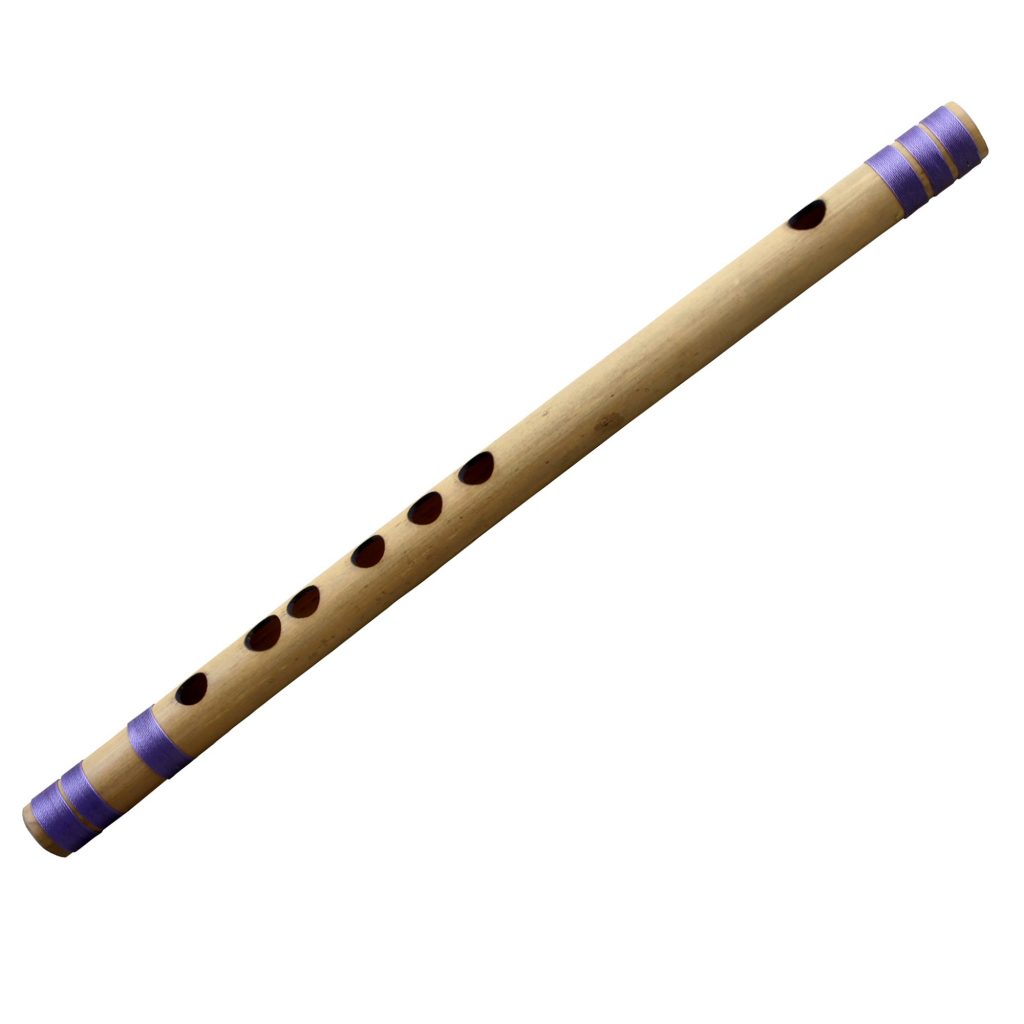The history of bamboo flutes is a journey through time, echoing the cultural tapestry of civilizations where these enchanting instruments found their roots. Crafted from a humble yet versatile material, bamboo flutes have played pivotal roles in diverse musical traditions, embodying both simplicity and sophistication.

Ancient Beginnings: The origins of bamboo flutes can be traced back to ancient civilizations in Asia, Africa, and the Americas. Bamboo’s natural hollow structure made it an ideal material for crafting flutes, and early iterations were simple yet capable of producing hauntingly beautiful melodies. In Asia, particularly in India and China, bamboo flutes became integral to classical music traditions and spiritual practices.
Cultural Significance in Asia: Bamboo flutes hold profound cultural significance in Asian traditions. In India, the bansuri, a bamboo flute, is associated with Lord Krishna, and its mellifluous tones are believed to mimic the divine. In China, the dizi has a history spanning thousands of years, featuring prominently in classical and folk music. The zen-like simplicity of bamboo flutes aligns with philosophical underpinnings, making them instruments of both artistic expression and spiritual contemplation.
Global Migration and Adaptation: As trade routes connected civilizations, bamboo flutes traveled across continents, adapting to diverse musical landscapes. In South America, the quena and sikus, both crafted from bamboo, became integral to Andean music. Similarly, in Africa, bamboo flutes played roles in tribal ceremonies and storytelling, showcasing the instrument’s adaptability to different cultural contexts.
Medieval and Renaissance Europe: In medieval and Renaissance Europe, bamboo flutes evolved into transverse flutes, with the material shifting to wood. The flute’s design and playing techniques were influenced by both Eastern and Western traditions, contributing to the development of the modern Western concert flute.
Revival in Folk and World Music: The 20th century witnessed a revival of interest in traditional and folk music, leading to a resurgence of bamboo flutes. Musicians exploring world music and folk traditions embraced bamboo flutes for their organic tones and portability. The simplicity of construction, often involving just a few bamboo tubes and finger holes, appealed to those seeking a direct and intimate connection with the instrument.
Contemporary Innovations: In contemporary times, bamboo flutes continue to evolve with innovative designs and collaborations. Musicians experiment with different types of bamboo, incorporating keys and additional features for a broader tonal range. The global interconnectedness of the music industry allows for cross-cultural collaborations, further enriching the repertoire of bamboo flute music.
Educational Tools: Bamboo flutes serve as accessible educational tools, introducing people of all ages to the joys of playing music. Their straightforward design and ease of play make them popular choices for beginners and school music programs.
Sustainable Instrumentation: The use of bamboo aligns with modern sensibilities toward sustainability. Bamboo’s rapid growth and versatility make it an eco-friendly choice for instrument makers, contributing to the promotion of environmentally conscious practices in the music industry.
In summary, the history of bamboo flutes is a narrative of cultural interconnectedness and artistic expression. From ancient rituals to contemporary concert stages, the bamboo flute’s evocative tones continue to resonate, whispering stories of human creativity and the universal language of music.